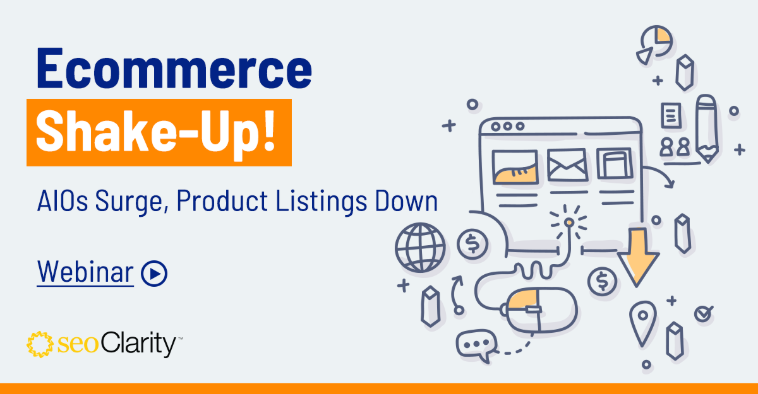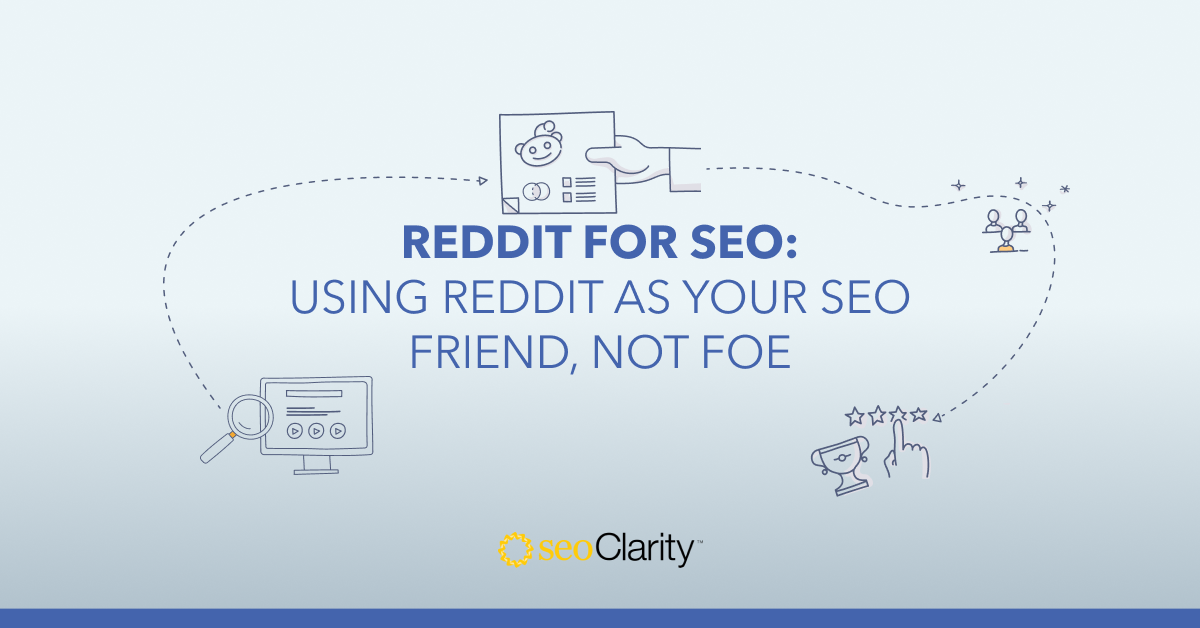For enterprise teams managing vast sites and complex content ecosystems, producing high-quality, search-optimized pages at scale isn’t just challenging—it’s a constant uphill battle.
Balancing technical SEO, editorial oversight, and shifting search intent across thousands of pages is virtually impossible when done manually.
That’s where programmatic SEO comes in.
By leveraging automation, programmatic SEO allows brands to efficiently build and deploy thousands of unique, optimized pages. In this guide, we'll delve deep into what programmatic SEO (pSEO) is, how it works, and provide actionable insights to elevate your content strategy.
Table of Contents:
What is Programmatic SEO?
Programmatic SEO is the process of using automation to generate large volumes of search-optimized web pages, typically driven by structured data and templates.
It’s especially effective for targeting long-tail keywords and building out content at scale—think location pages, product variations, or data-rich landing pages.
Rather than writing each page manually, programmatic SEO combines a consistent template with dynamic content to create thousands of unique, indexable pages.
The Importance of Programmatic SEO
For enterprise teams managing thousands of URLs and targeting diverse keyword sets, the old playbook of manual optimization simply doesn’t scale.
As such, programmatic SEO becomes invaluable for several reasons:
- Scalability: It enables businesses to create thousands of landing pages tailored to various keywords without the need for extensive manual effort.
- Efficiency: By automating the content generation process, companies can focus on strategic decision-making and optimization.
- Increased visibility: Properly executed pSEO can lead to substantial improvements in search engine rankings, allowing businesses to dominate niche markets.
Programmatic SEO Examples
Several companies have successfully leveraged programmatic SEO to enhance their digital presence:
Travel Sites
Example: Expedia or TripAdvisor
They generate location-specific landing pages like:
- Hotels in Paris
- Best restaurants in Tokyo
- Top things to do in New York City
Each page uses a consistent template but pulls in unique data (photos, reviews, ratings, and descriptions) based on the destination.
Trip Advisor’s page on Paris Hotels
2. Ecommerce
Example: Amazon or Wayfair
Thousands of product category pages are created for combinations like:
- Men’s Running Shoes Size 11
- Black Leather Recliners Under $500
These pages are automatically built using product feeds and filters, matched with SEO-friendly content and internal linking.
Wayfair’s page on black leather recliners.
3. Real Estate
Example: Zillow or Redfin
They build pages for every property, neighborhood, city, and ZIP code:
- Homes for Sale in 90210
- Apartments in Brooklyn with 2 Bedrooms
Each page pulls in listing data, market trends, and local amenities dynamically.
Zillow’s page on two-bedroom apartments in NY.
4. Job Boards
Example: Indeed or Glassdoor
Job search results are templated based on filters:
- Marketing Jobs in Los Angeles
- Remote Software Engineering Jobs
Pages update automatically as new listings match the criteria.
Indeed’s page on remote software engineering jobs.
Getting Started with Programmatic SEO: Key Steps
- Identify High-Volume, Structured Opportunities
Start by finding areas where users are searching for variations of similar queries—think product filters, location-based services, or data combinations. Use keyword research tools to identify long-tail keyword clusters with clear search intent and consistent patterns. - Build a Structured Data Set
Your programmatic content depends on clean, organized data. This could be product details, location data, job listings, or app integrations—anything that can be used to dynamically populate pages. The better the data quality, the better the user experience and SEO performance. - Design Scalable Page Templates
Create modular templates that include essential SEO elements: title tags, meta descriptions, headers, schema markup, and user-focused content blocks. The goal is to make every generated page valuable, relevant, and crawlable. - Prioritize User Intent and Content Uniqueness
Avoid thin or duplicate content by injecting useful, unique information wherever possible—like comparison tables, local insights, or dynamic FAQs. Always align with what the user is actually looking for on each query variation. - Build a Robust Internal Linking Strategy
Connect programmatic pages to each other and to your core content. This helps distribute link equity, improves crawlability, and enhances the overall structure of your site for both users and search engines. - Monitor Performance and Iterate
Track how your pages are performing in terms of rankings, traffic, engagement, and indexation. Use this data to refine templates, improve content quality, and scale only what’s driving meaningful results.
Common Misconceptions About Programmatic SEO
While pSEO can offer significant benefits, there are some common misconceptions surrounding its applicability:
PSEO is spam
Not all programmatic content is poorly generated or lacking in value. With proper oversight, pSEO can produce high-quality pages that inform and engage users.
PSEO is only for large companies
While large businesses often have more resources for automation, SMEs can also benefit from programmatic strategies scaled to fit their needs.
Best Practices for Successful Programmatic SEO
- Focus on query intent rather than just keywords; understanding why people search can guide more relevant content creation.
- Prioritize quality over quantity by ensuring that every page provides useful information and engages the reader.
- Incorporate internal linking between related pages to enhance on-site navigation and improve overall user experience.
- Regularly audit generated content for accuracy and engagement metrics to ensure relevance and reliability.
Conclusion: Is Programmatic SEO Right For Your Business?
Programmatic SEO offers a strategic advantage in today's competitive online landscape. By automating the creation of thousands of optimized web pages, you have the power to bolster your search engine performance significantly.
However, it's crucial to maintain a focus on quality, relevance, and user intent to ensure sustainable success.
Next Steps
Ready to scale your SEO strategy with confidence? seoClarity equips enterprise teams to execute programmatic SEO at scale—without the bottlenecks. From no-code implementation with ClarityAutomate to AI-driven content optimization and powerful SEO data APIs, seoClarity streamlines every step of the process.
Whether you're launching thousands of landing pages or fine-tuning on-page elements across your site, our platform helps you move faster, stay agile, and drive measurable growth.
See how seoClarity can power your programmatic SEO efforts—schedule a demo today.








Comments
Currently, there are no comments. Be the first to post one!